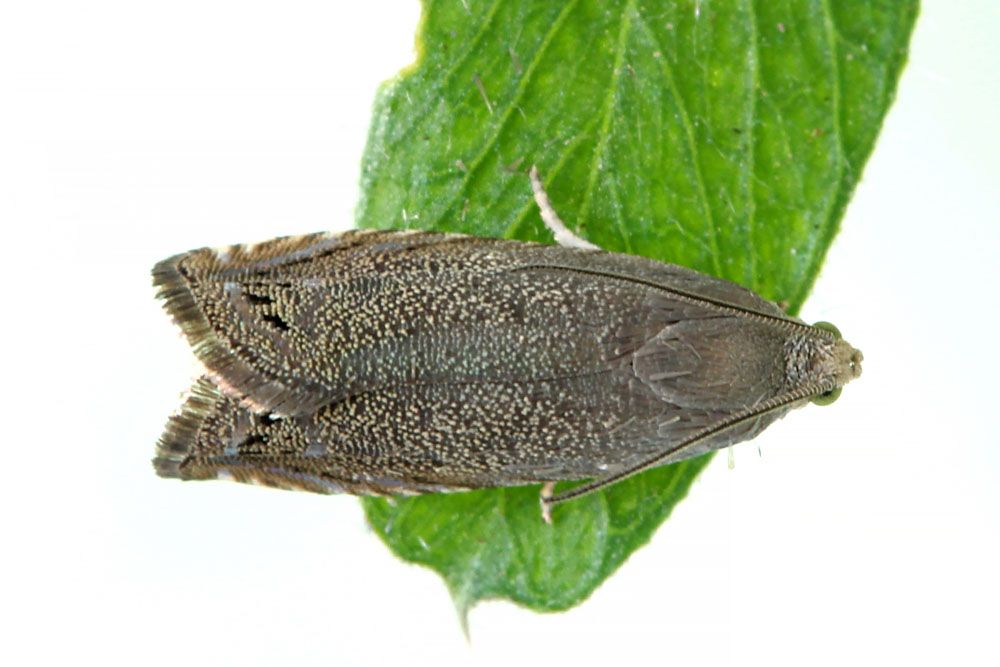
Pea Moth – Cydia nigracana
Pea Moth: Appearance, Territory, Damage and Life Cycle
Latin Name: Cydia Nigracana
Appearance: It’s a little, brownish moth that deposits its eggs on pea blooms. The caterpillars that emerge from the pod feast on the peas. You have no idea it’s there until you shell them. Adults have 12-16 mm wingspan and olive brown forewings with black and white streaks on the edges. When completely mature, the larvae are 13-18 mm in length. They are white at first, then yellow, with black spots at the base of the hairs and a brown head.
Hosts Plants: Peas, vetch, clover, and lentils are among the hosts. Larvae cause crop damage by digging into pods and feasting on one or more of the pod’s seeds. Occasionally, up to six seeds are injured, albeit only one or two are badly affected.
Territory: The pea moth, Cydia Nigracana, is a Tortricidae family moth. It may be found across Europe.
Damage Insect Cause: Infested pods are difficult to recognize because the larvae’s microscopic entry pores are difficult to discern. The caterpillar has the ability to destroy up to four seeds in a single pod. Damage is only seen while the plants are ripening and the emerging holes are visible, or when fresh pods are opened. If the infection surpasses 0.5 percent, vegetable peas are unmarketable. Caterpillars feed on growing peas in pods and leave frass, which contaminates the final product. A single pod may contain one or two caterpillars. Individual peas within each pod are often half eaten, and attacked pods may have a yellow color and ripen early.
Life History and Habits: Adult moths emerge from cocoons in the soil in early June and lay eggs on pea plant leaves (underside), petioles, stems, and flowers after feasting on plant blooms. The eggs have a diameter of less than 1mm and are flat on one side. After 7-10 days, the caterpillars emerge and burrow into the pods, where they feed on maturing peas for up to a month. The caterpillars mature through a series of molts and then eat their way out of the pods, generally in August, and overwinter in the soil in a cocoon. Every year, one generation is born.
